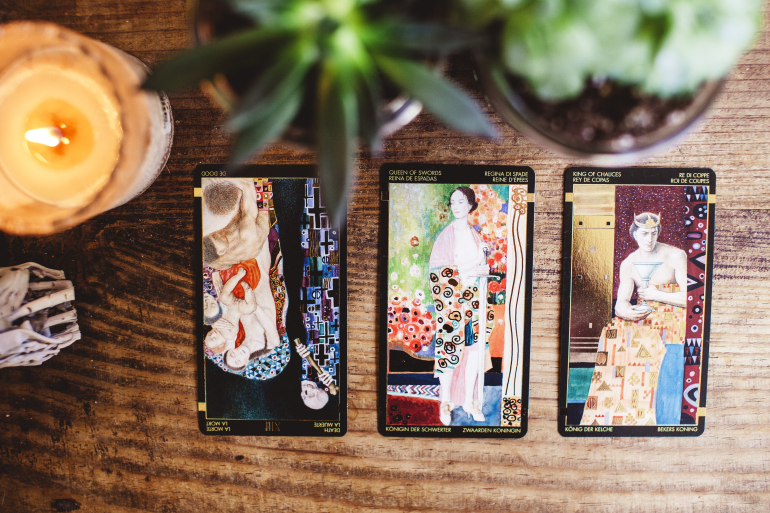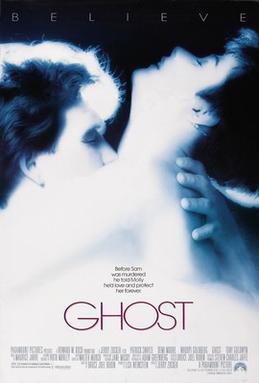I lay my hand over my mouth. Job 40:4
“Look at everything always as though you were seeing it either for the first or last time: Thus is your time on earth filled with glory.” ~ Betty Smith, A Tree Grows in Brooklyn
Some sights take my breath away. Like the first glimpse of my wife in her white wedding gown as she walked down the aisle of the church. Like the sight of my first son squirming, screaming, chin quivering and arms flailing as the nurse wiped gunk off his nearly ten-pound body. Like the first time I saw the Grand Tetons and averted my eyes because it was as if I were looking at the very face of God.
It happened to me a few years ago. I felt my hand come to my mouth to hide my weeping.
I have been a Southern Baptist all my life. We Baptist are an austere people. We like things simple. We don’t go for flashy, expensive, what we would call ostentatious trappings of liturgical churches. The larger churches down south might have red brick and white columns, colonial trim and padded pews, but for the most part my people are a plain people. Of course, there are a few exceptions to this rule, but true Baptists would look at those churches as “showy and shallow.”
If you were to walk into the church in which I minister today, it would come across as simple, clean and rather plain. Not much to look at. I like it. I can justify its Spartan style by saying, “it’s the quality of the people not the ornaments of the building that really matter.” The architecture and accoutrements of our little Baptist Church are not impressive. It is simple and plain; like our faith, traditions, and our people.
Maybe that is why I got blind-sided in Conejos, Colorado. On vacation recently I saw a historical road-side sign that had an arrow and words that said, Our Lady of Guadalupe Catholic Parish: the oldest church in Colorado.
About a mile off the main highway stood a large brick building with crosses on the spirals. I had driven by it countless times as a kid with my grandfather when I worked on a cattle ranch in New Mexico, but he never had time or cared to go to the church. Well, I was driving now and dadgummit, we were going to see the church.

Our Lady of Guadalupe Catholic Parish
There was a four-room City Hall, a six-room elementary school, several abandoned buildings and a few houses and this large red-gray brick church building with a mission bell at the top of the front façade. A chain-link fence surrounded the manicured lawn. Large shade trees were on the south part of the yard. A man of Hispanic descent was talking on a cell phone and walking around. We got out and took pictures of the ghostly little village, abandoned and condemned out-buildings. The man ended his call and asked us if we wanted to go inside the church. Yes, we did.
He unlocked the building, pulled the door open and reached for a font of water on his right just inside the jam of the door and crossed himself as he entered. Do I do that, too? I didn’t. I am a Baptist. My family followed me through the doorway and followed the man to the altar. As the man kneeled at the front and crossed himself again, my sons were taking pictures of the stained glass and statues like they had all the film in the wide world.
I don’t know if it was the late afternoon light streaming through the colored glass, the majesty of the artwork, the height of the ceilings, age of the building (built in 1847) or the care in which the custodian (his words) was showing for this old building, but I froze just inside the door and stood in the narthex (Baptist translation: vestibule, the rest of you: entry way).
And then the tears came; buckets of them. My sons gave me an awkward glance. My wife stared at me but knew better than to ask me what was wrong. The care-taker walked past me and barely gave me a glance as if, perhaps, this was a common occurrence for him. Maybe it was common for him, but it wasn’t for me, for I am a Baptist. We don’t get moved at the sight of a church. We don’t get moved at anything unless it clearly says so in the Bible or some other Nashville-approved Baptist document.
I am not sure why it moved me at such a visceral level. Maybe it was the beauty of a building that was cared for by very poor people with such obvious love. Maybe it was the grace of the care-taker to let us in after hours. Maybe it was the age of the sacred place; even the air felt old inside the building.
All I know is that it was a sacred moment in a sacred place.
Perhaps there are just those magical moments that we encounter from time-to-time that pull us out of the shallow fray of our frantic life to rest in a centered awareness. Like a threshold — a true “thin place.”
The concept of thin places comes from Celtic mythology. Peter Gomes, a Harvard theologian, writes:
“There is in Celtic mythology the notion of ‘thin places’ in the universe where the visible and the invisible world come into their closest proximity. To seek such places is the vocation of the wise and the good — and for those that find them, the clearest communication between the temporal and eternal. Mountains and rivers are particularly favored as thin places marking invariably as they do, the horizontal and perpendicular frontiers. But perhaps the ultimate of these thin places in the human condition are the experiences people are likely to have as they encounter suffering, joy, and mystery.”
I wonder if we have forgotten how to honor God with extravagant beauty and art. God seemed to enjoy and even expect it in the Temple of the Old Testament. Jesus seemed to support it when he drove out the souvenir salesmen and when He praised a woman for spilling her alabaster treasure on His dusty feet.
Today churches look more like warehouses than places of worship. They look corporate. Few things are as spiritually dulling as the blurring of the lines of church and the corporate. Pastors are trained as leaders and behave more like CEOs. Success is measured in attendance, book deals and making a “someone to watch” list. We want so badly to attract a crowd that we will do almost anything to market ourselves.
I like what author Bill Johnson says, “We are not relevant when we mirror the world around us, we are relevant when we model what they long to become.”
I wonder if our faith ought to be an organic and holistic part of who we are. I work hard at erasing dividing lines between sacred and secular. I want my faith to influence and impact my vocation, politics, and all my social relationships. Are we doing our communities a huge disservice by camouflaging our sacred spaces to the extent that we have removed the wonder and the sense of transcendence from community life?
 When our breath is taken away at beauty; that enjoyment spontaneously should overflow into gratitude or praise. That gratitude and praise is almost like our inner spiritual health being made audible. It doesn’t just merely express our gratitude; it actually completes the enjoyment of it. But, after our praises are uttered and our songs are sung, perhaps we should allow silence to wrap herself around us like an old woman’s shawl.
When our breath is taken away at beauty; that enjoyment spontaneously should overflow into gratitude or praise. That gratitude and praise is almost like our inner spiritual health being made audible. It doesn’t just merely express our gratitude; it actually completes the enjoyment of it. But, after our praises are uttered and our songs are sung, perhaps we should allow silence to wrap herself around us like an old woman’s shawl.
I say we get back to decidedly sacred spaces. Where a bar is a bar, a jail is a jail, a store is a store and a church is a church. And maybe, just maybe, when people enter our vestibules they will have an encounter with the holy.
Share this:- Share





